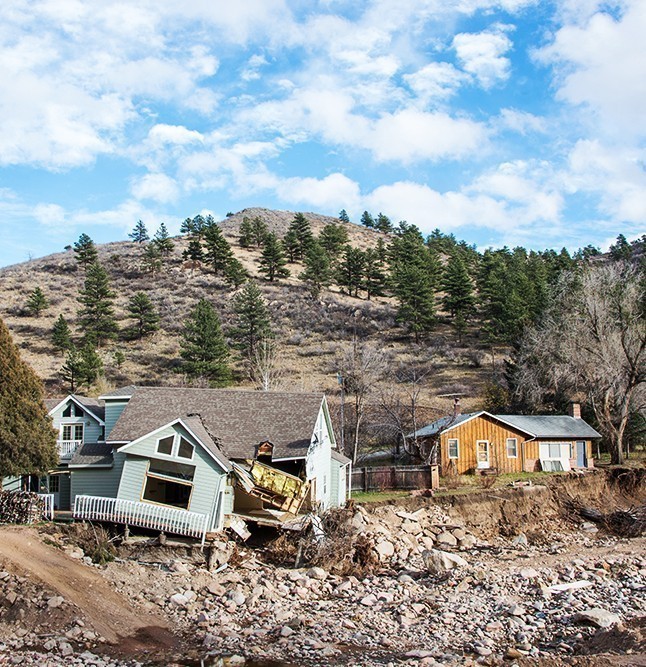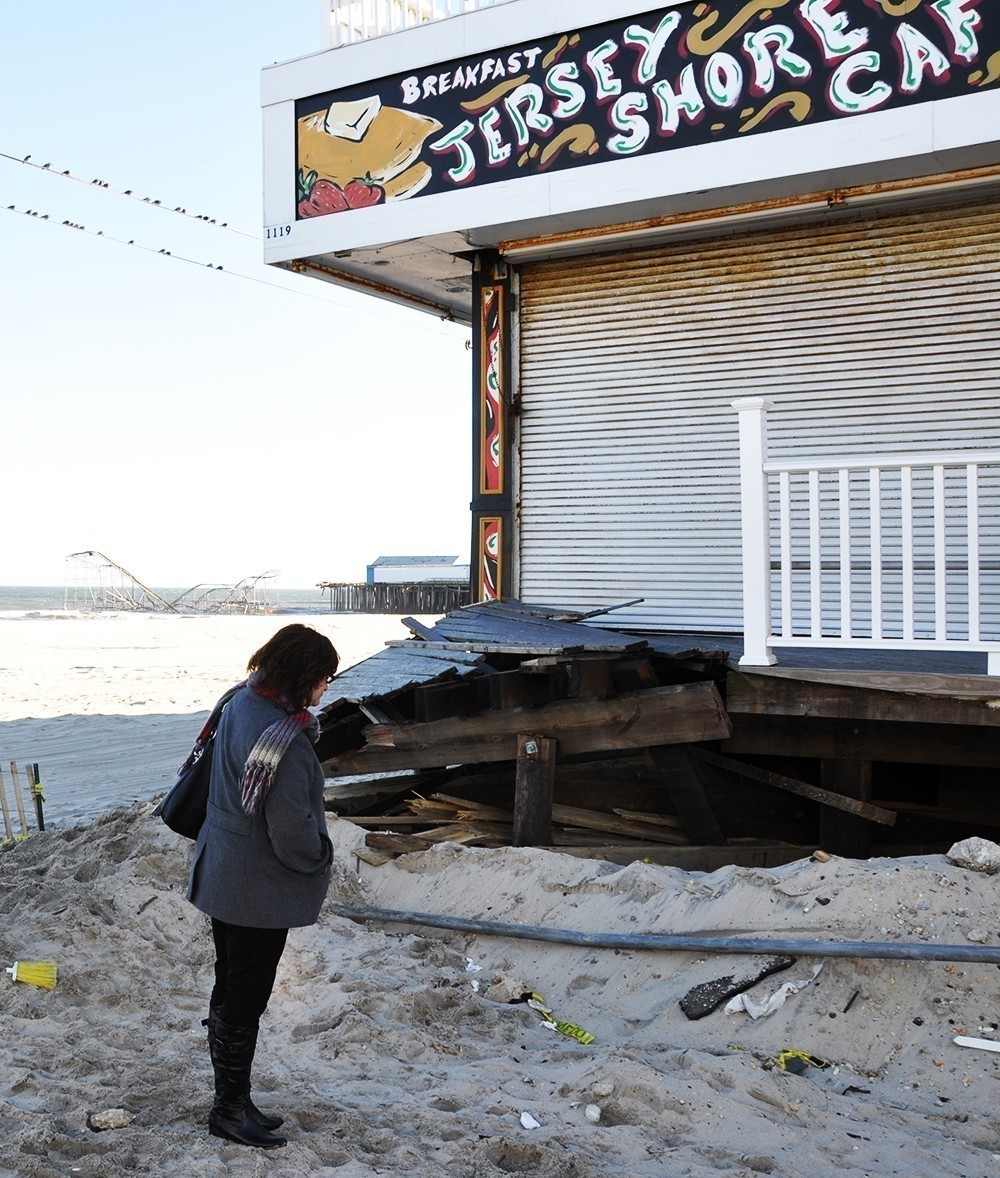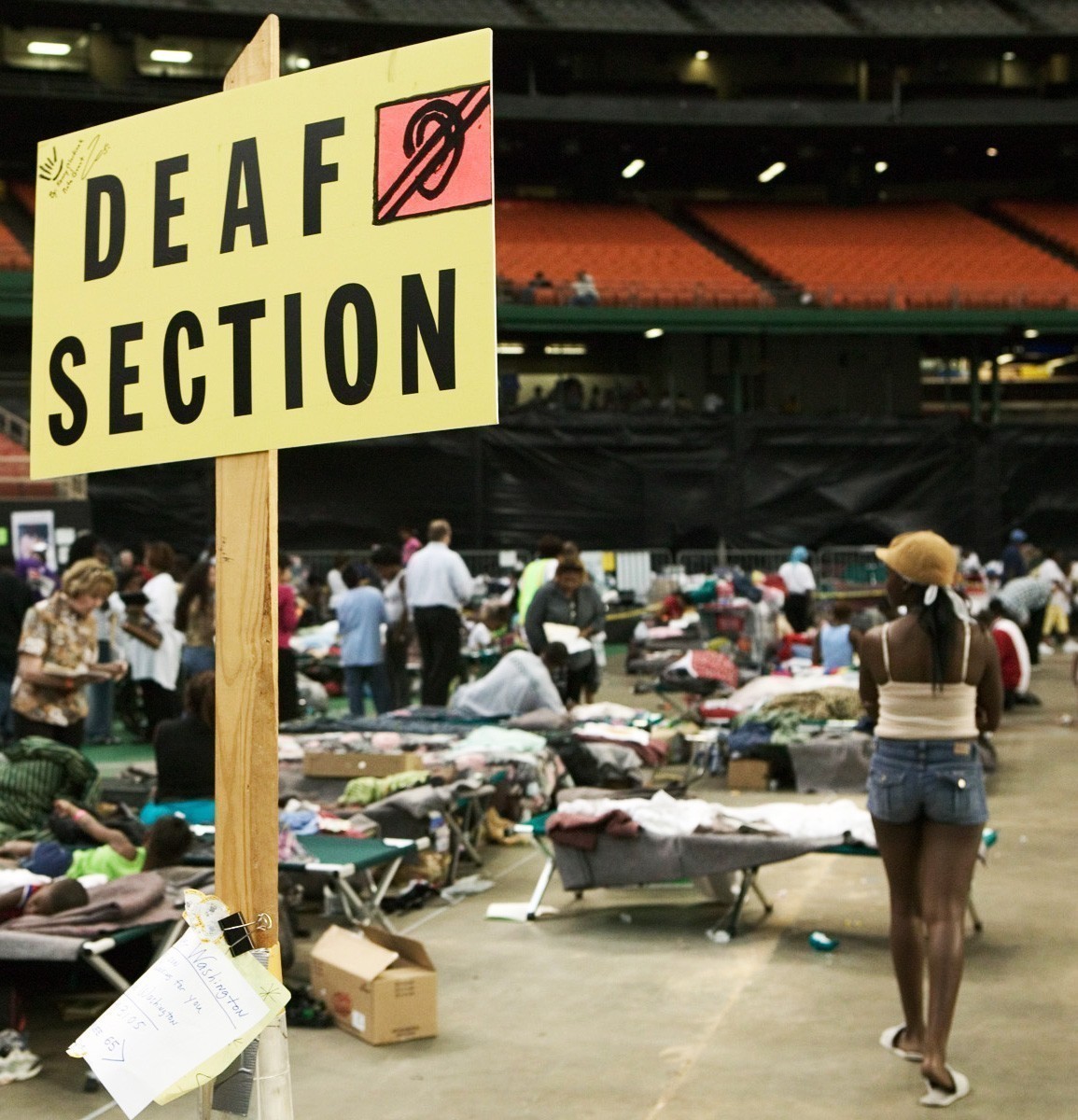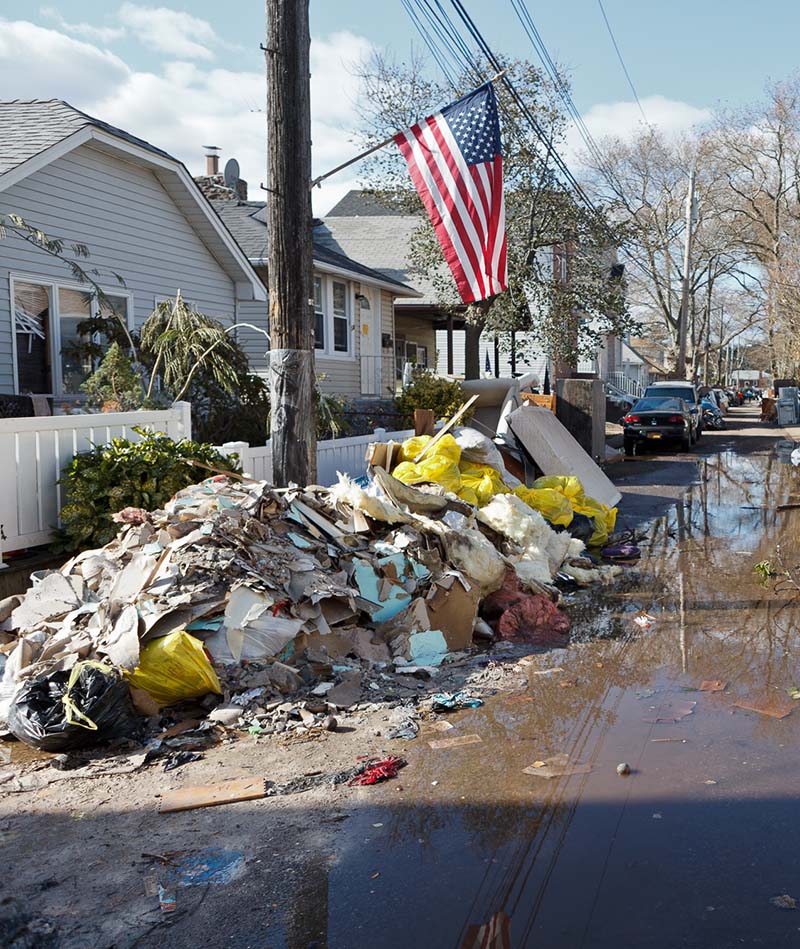Disaster Quilts and Quilters
Giving and Receiving
By Elaine Enarson
Like other people who speak through song, murals, books, and movies, disaster quilters give expression to human loss and renewal. Whatever the context, quilting brings people, especially women, together, building community solidarity and enriching the lives of those who give as much as those who receive.
Read More...









